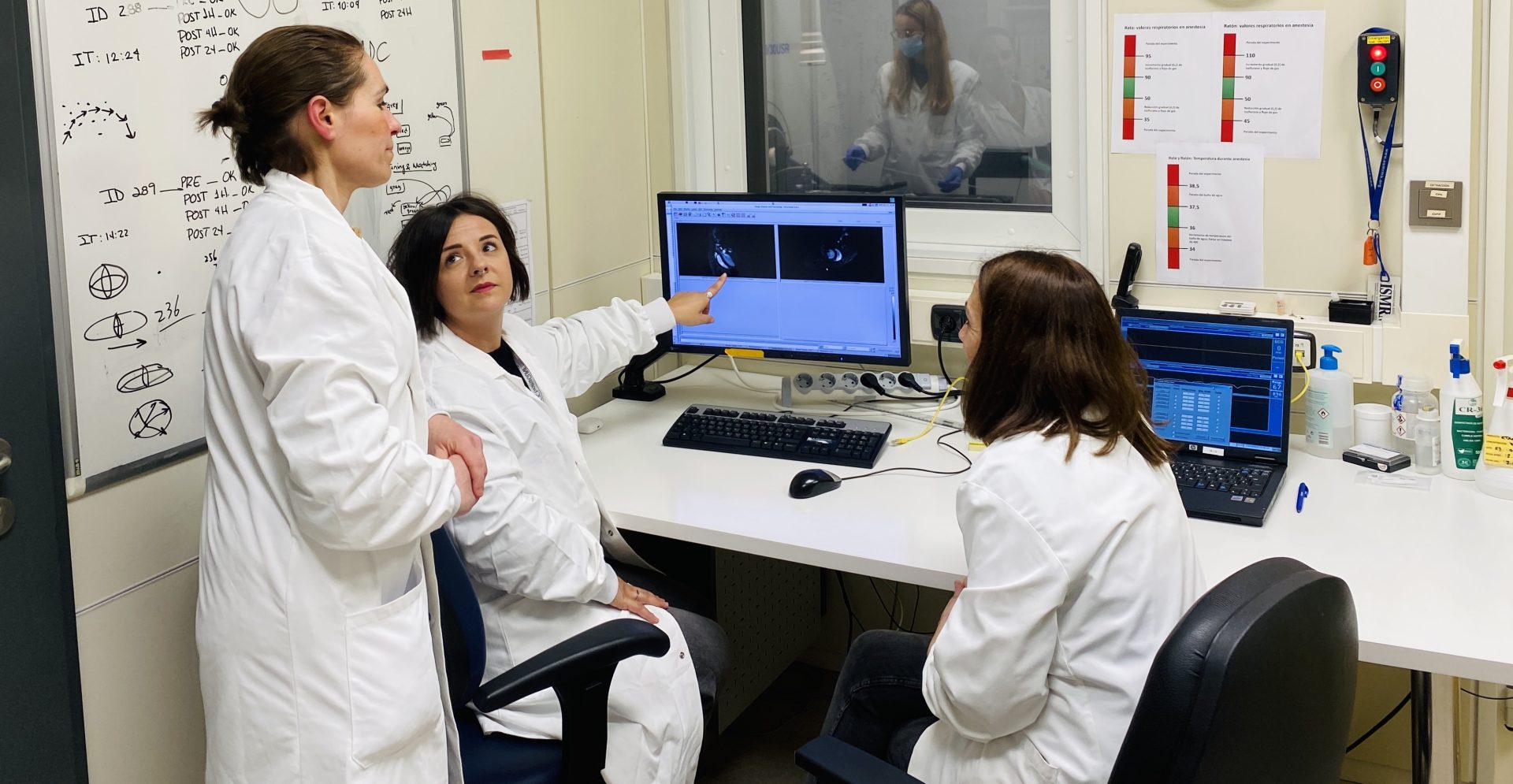A new thermonuclear engine concept to power Europe’s space race

Nuclear-based propulsion systems, thanks to their higher efficiency, offer a promising alternative to current technologies to address the challenges of the space race. However, knowledge of these new technologies is still limited and requires scientific and technological research to ensure the safe use of these solutions in space rocket engines.
In this context, the Tekniker technology centre, a member of the Basque Research and Technology Alliance (BRTA), is investigating the advantages of using nuclear thermal propulsion in engines compared to conventional propulsion systems and highlighting their potential profitability.
“The state of the art is very limited or in some cases completely confidential due to the novelty of the technology. The possibility of obtaining all the necessary information has been a challenge, as well as understanding all the technological concepts, techniques to be applied, operating environment and needs to achieve a thermonuclear propulsion system suitable for space exploration missions,” says Borja Pozo, researcher and head of the space sector at Tekniker.
The researcher from the technology centre will present the first results at the international congress Space Propulsion 2024.
Specifically, the first results will be presented on the design of the engine reactor to maximise its efficiency and maintain safety, the materials, systems and technologies required for a rocket based on thermonuclear propulsion, the test benches that will be required and the analysis of possible missions to Mars with astronauts, calculating trajectories and correction manoeuvres.
Tekniker’s research work on thermonuclear propulsion technology is part of the HIPERION II project, funded by the Basque Government, which aims to generate knowledge and capabilities for new space technologies and future planetary missions. The initiative has its origin in the technological developments carried out in the HIPERION project, in which Tekniker also participated.
In this case, Tekniker’s initiative focuses on Nuclear Thermal Propulsion (NTP), which in practice consists of using a fission reaction to heat and accelerate a coolant (liquid hydrogen) at high speed.
“The main advantage over the chemical reaction is that the heating process does not require any oxidant, which increases thrust efficiency by maintaining a lower exhaust gas density. For a 10-tonne thrust engine, for example, the efficiency is expected to be 2-3 times higher than that of cryogenic chemical propulsion,” explains Pozo.
This propulsion system also significantly shortens the duration of a trip to Mars from the current 7-8 months to only 3 months, thus reducing the crew’s exposure to cosmic radiation and providing a safer journey. At the same time, it will reduce the costs of interplanetary travel.
Finally, Tekniker is defining an action plan for the development of the thermonuclear booster based on five phases including nuclear and non-nuclear systems/components: technology maturation; sub-scale component development and non-nuclear testing; the actual engine development, integration and full-scale testing; and the manufacturing and assembly of the flight engines in future in-orbit rockets and associated stage systems.




